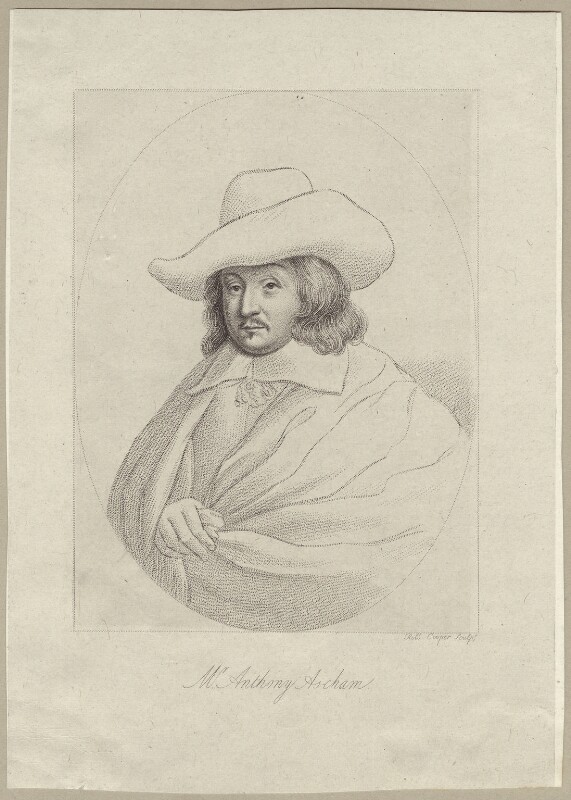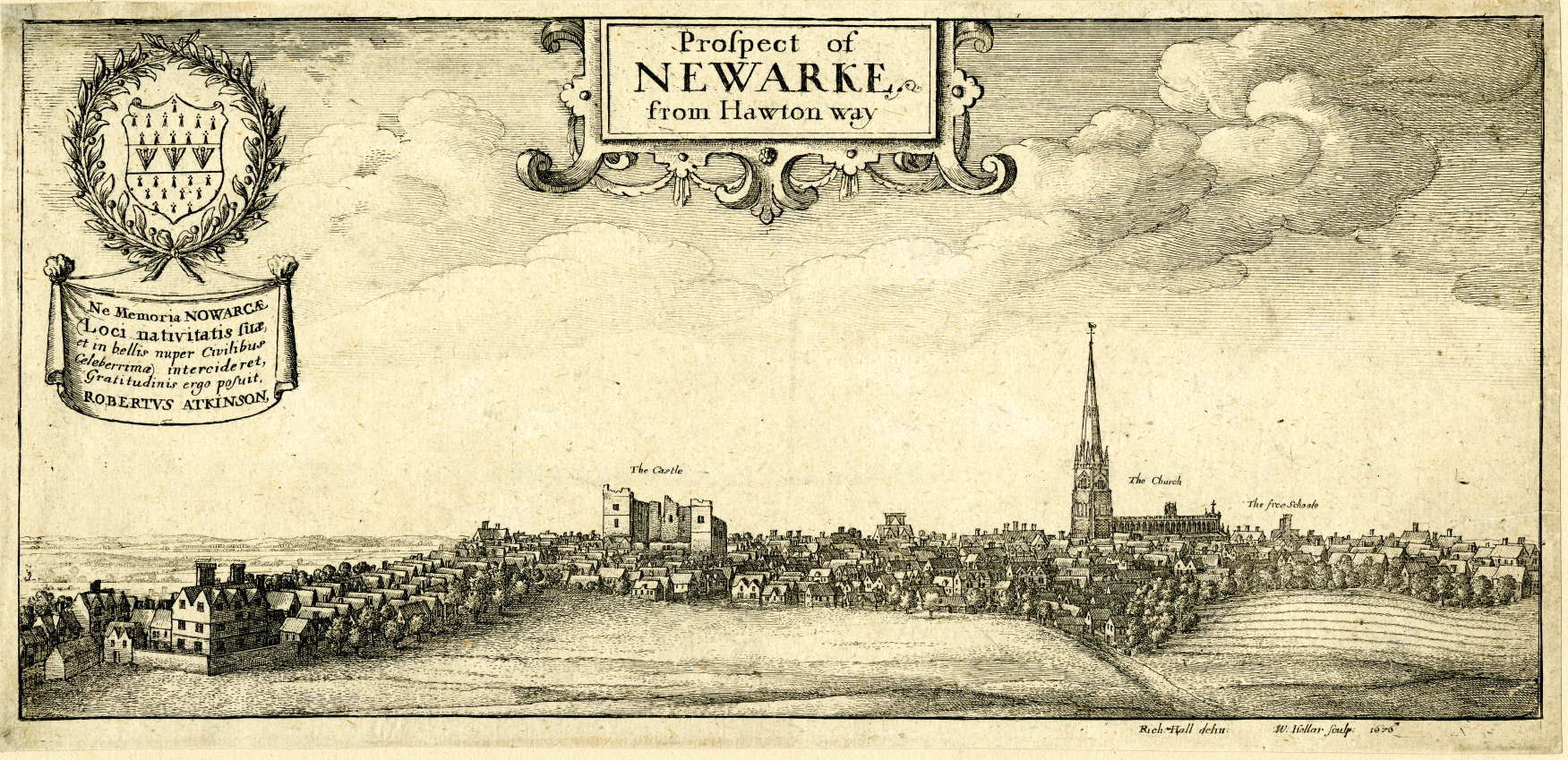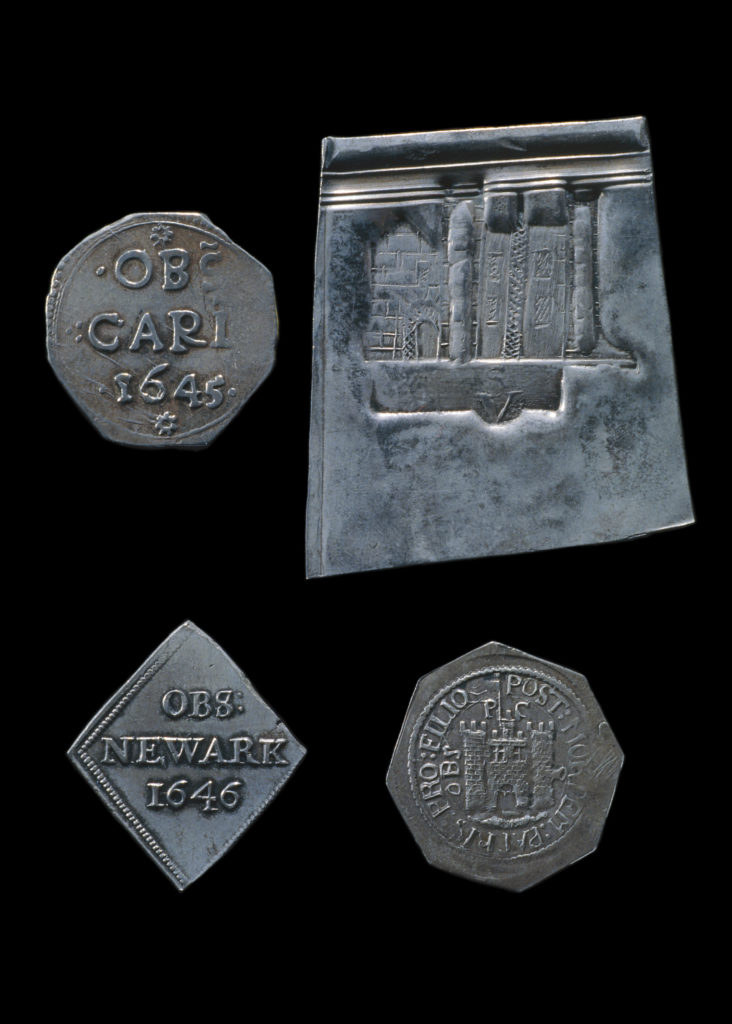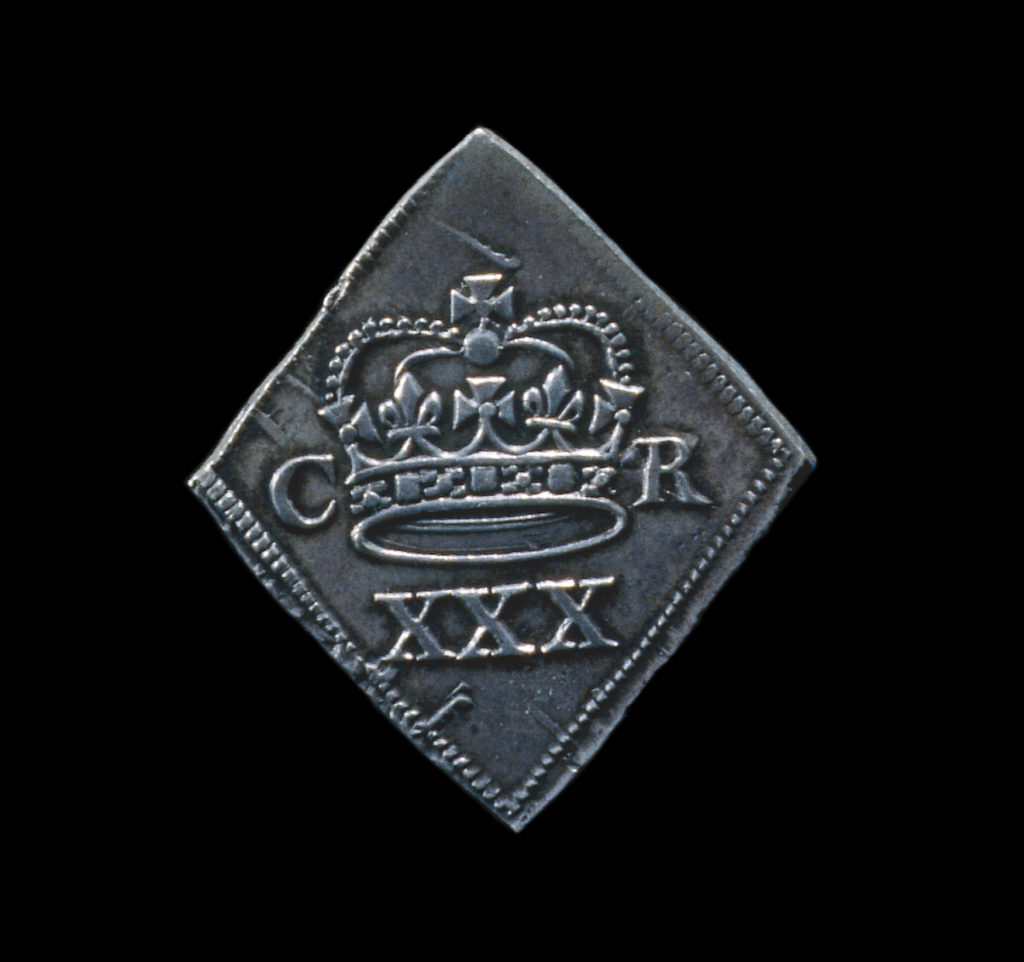Murder, money and a town under siege
Curator of the British Museum’s Citi Money Gallery Ben Alsop explores the ingenuity and significance of siege money during the English Civil War.
On 5 June 1650 the Commonwealth Ambassador to Spain, Anthony Ascham, arrived in Madrid. The following day, accompanied by a translator and secretary, he travelled to an inn where he was set to spend the night. A letter written ‘out of Spaine’ on 7 June explains what happened next:
‘…yesterday about 12. of the clock when hee was at dinner some Gentleman rusht into the Chamber and sudainly killed both him, and an Italian who came with him as an Interpreter.’
The report continues to describe in some detail the brutal murder of Ascham and his translator:
‘…a man in a gray suite came into the Roome & seemed to make very low salutations toward the Agent [Ascham], who thereupon rising and stooping to resalute him, the man in gray with one hand caught the Agent by the haire of the head and with the other hand drawing a dagger stroke him with it until he fell, two others at the same instant coming into the Roome, one of them wounded the Italian with a sword or a dagger who thereupon ran into the next Roome and was found dead.’
The poet John Milton, best known for his epic work Paradise Lost, mourned the death of Ascham and hoped that, ‘deserved punishment may be speedily inflicted upon those parricides.’ A letter dated 1 July 1650 and making reference to Anthony Ascham’s body describes a small piece of metal found on his person, ‘after hee was killed upon the left syde next to his skinn & neerest his heart.’ The letter goes on to wonder whether the small piece of metal, which disappeared following the murder, could have been a lucky charm employed by Ascham to protect himself. If this was the case, it was singularly ineffective against the dagger of his assassin.

Anthony Ascham by Robert Cooper. Stipple engraving, early 19th century. © National Portrait Gallery, London. Creative Commons
Anthony Ascham was born in Boston in Lincolnshire in 1614. He attended Eton College and graduated from Cambridge in 1642. He was appointed tutor to the Duke of York (later James II), and sent to Hamburg to negotiate trade deals with Hanseatic League. However, it was his own published works in the late 1640s for which he is best remembered. In supporting the parliamentary cause following the first two English Civil Wars and the creation of the Rump Parliament in December 1648, Ascham incurred the wrath of Royalist supporting figures. His works titled Of the Confusions and revolutions of Government and The Bounds and Bonds of Public Obedience promoted the belief that power and sovereignty were found in the people, and those who were the recipients of this power must answer to the populace at large.
It was this support for Parliament which brought about Ascham’s death at the hands of the Royalist-supporting murderers. Edward Hyde, a representative for the Royalist cause in the Spanish court, had argued that a nation that had executed Charles I in 1649 should not be recognised in the court of the Spanish king, Philip IV. Ascham had been scared for his own safety when he arrived in Madrid and had been accompanied by a member of the Spanish guard, Don Diego de Moreda. In a cruel twist of fate and foreshadowing the murder of Ascham, Moreda had left Ascham and his two companions in the inn on the night of 6 June, feeling the environment unsafe. Following his murder, Ascham’s body was buried in the courtyard of the inn.
But what of the small piece of metal that was found on Ascham’s body – the object described as, ‘a Charme by which he meant to preserve his vitall parts from being hurt’? Contemporary records describe a piece which bore the inscription ‘XII O.B.S NEWARKE 1646’ accompanied with an image of a dagger through a crown. While the image confuses matters slightly, the inscription would seem to point to the fact that Ascham had on his person what is today understood as ‘siege money’ from Newark in Nottinghamshire. You can find examples of siege money on display, and also available to handle in the Citi Money Gallery at the British Museum.
Siege money is money of necessity, a ready currency which could be used to pay mercenaries and troops in cities and towns under siege. The production of what were often oddly shaped and stamped coins allowed for the continuation of everyday transactions in the extraordinary environment of a besieged settlement. The earliest examples in Europe date from the 1520s and the practice met its heyday in the 17th century, most notably during the Thirty Years’ War.
Sieges played a significant role in the military actions of the English Civil War, with around 300 taking place between 1640 and 1660. Of these hundreds of sieges only five in England produced issues of siege money. Three were produced in 1645/6 in the towns of Carlisle, Newark and Scarborough, and a further two from Colchester and Pontefract during the so-called ‘Second Civil War’, which saw a period of Royalist risings swiftly crushed in 1648.

Wenceslaus Hollar (1607–1677), Prospect of Newarke from Hawton way. Etching, 1676. An illustration to Robert Thoroton’s ‘The Antiquities of Nottinghamshire’ (1677), after Richard Hall.
© The Trustees of the British Museum.
During the wars the Royalist-occupied Newark, from where Ascham’s ‘charme’ originated, was besieged on three separate occasions. Its position on the Trent River and prominence on both the Great North Road and Fosse Way meant it was a vital link between the north of the country and Oxford, the heart of the Royalist campaign.
Sieges, while ideally completed as quickly as possible without significant military or financial cost, would sometimes last for many months. The third siege of Newark beginning in 1645 was one such example. As Parliamentary armies approached Newark in November 1645, they were joined by Scottish forces under the leadership of the Earl of Leven. The siege was to last until May 1646 when the Governor of Newark, Sir John Belasyse, surrendered the town following instructions from the King to, ‘make what conditions you can with the English not Scots that are before you.’ As Belasyse and his troops marched away they left behind them a ‘miserable, stinking infected town.’
Yet among the disease, death and destruction of sieges, the production and availability of money were still a concern for those in charge. In Carlisle, a Royalist city first besieged in 1644, resident Isaac Tullie, 15 at the time, remembered how coins were produced in these exceptional circumstances:
‘A good while after, an order was published to every Citizen to bring in their plate to be coyned, which they did cheerfully.’
As cheerful as the public may have been in handing over their silver to the greater good of the city, it was not sufficient for the Governor, who then ordered officers to, ‘come sodainly into the houses…to take what moneys they found; wch they exactly performed.’ Indeed, Tullie records occasions when family members were actively trying to hide what little money and silver they had from the clutches of the Governor’s men.

Examples of siege money from Carlisle, Scarborough, Newark and Pontefract. © The Trustees of the British Museum.
The siege money of Newark, with its distinctive four-sided lozenge shape, is dominated by an ornate crown with C (Carolus) and R (Rex) on either side. It is a design which leaves little doubt as to the town’s allegiances. Why therefore would Ascham being carrying an object which at its very heart professes a dedication to the institution that his writings attempted to undermine?
While he was born locally (Boston is just 30 miles/48 kilometres from Newark), the contemporary description of Ascham’s object makes his own allegiances clear. The description of the siege coin bearing an image of a crown being ‘stab’d with a poniard’ suggests the original coin was re-engraved, marking the execution of Charles I and the demise of the monarchy.
The re-engraving and defacing of coinage has a rich history. From examples in ancient Rome of emperors having their features obliterated to the 1903 penny emblazoned with the words ‘Votes for Women’ on display in the Citi Money Gallery at the British Museum, the permanency of coinage allows for these small acts of dissent or personal dedication.
The piece found on Ascham’s body following his murder would certainly suggest the latter. Something he held close to his person, reminding him not only of the country he was to represent in the Spanish courts, but also his belief in a nation no longer ruled by a king.
To see innovative examples of siege money, and to find out how money has shaped our society over thousands of years, visit the Citi Money Gallery at the British Museum.






